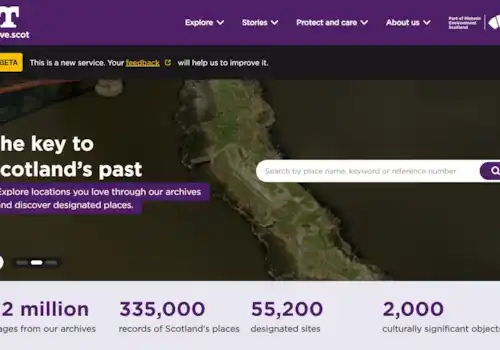20 August 2021
|
Family Tree reader and DNA Bootcamp student L. J. wrote in about her DNA research. Here we share her useful question and Michelle Leonard’s expert answer.
L. J. writes:
I have lots of information about three sets of grandparents but the fourth is a complete mystery with no name or place to work with. I should say that Mum tested so I could eliminate her side. There are no other relatives that could help!
My paternal grandmother was in service (not sure where) and gave birth to Dad in September 1920 in Leeds. No father named and Dad had her surname. I assume she went back to service as he was brought up by her parents in Nottingham until he was 11 when she came to Lincoln to keep house for her widowed Uncle and Dad came too!
I made contact a while ago with a lady on one of the Facebook DNA groups and she had a look for me and found a link to a Barnes family in Milton under Wychwood, Oxfordshire. She colour-coded some of my matches but I have not heard from her for a long time now and would really like to understand what I am trying to do! There are a few matches between 30cM and 54cM, so I believe that suggests I am related in some way, but they seem to be a very large family so not sure where to start!
Michelle writes:
I work on unknown grandparentage mysteries on pretty much a daily basis for clients and have solved a large number of them so the first thing to say is that it's definitely possible! Don't give up hope with it even if you have to wait for some better matches to come along.
Fish in all the ponds
Of course each case is individual and there can never be any guarantees but you have around 25% of the mystery DNA to work with from testing yourself and that's a sizable proportion. The first thing you need to make sure of since you can't test others is that you're fishing in all the ponds with your own DNA as you just don't know where the best matches for this mystery may choose to test.
Eliminating maternal matches
The key then is being able to isolate the matches on the mystery quarter. It's great that you've been able to test your mother to eliminate the matches on her two quarters so that leaves the mystery quarter and the matches to your paternal grandmother's line.
Building a robust tree for your paternal grandmother
Being able to test someone on your paternal grandmother's side of the equation could certainly help but it's not essential if you can't find anyone. The most important thing in that case is to build her tree as accurately and robustly as you can and then use the information on her ancestral lines to identify matches that are on that quarter. You should be able to group them into clusters and hopefully you will be left with the matches that are on the mystery quarter.
Isolating the matches on the mystery quarter
Once you have managed to isolate the matches on the mystery quarter it's then a case of working on those matches and specifically using the shared matches in that group to help identify sets of common ancestors. If you can identify a set of common ancestors between the shared matches, then it's very likely that you too share those common ancestors or a set of their parents.
It sounds like you might already have a good clue to go on if there's a group of matches that all relate back to a particular Barnes family in Oxfordshire although the amount of DNA shared is quite low. You have to first establish at which generation you share both ancestors so build a tree for these Barnes matches back to their 2nd and 3rd great-grandparents and then look for matches to both the 3rd great-grandfather and 3rd great-grandmother - by that I mean matches who perhaps descend from siblings or cousins of theirs so that they are only on one line or the other. If you can find DNA links to both then it's very likely you descend from both and it's a case then of working down to the next generation and seeing if you can find links to any of the spouses on that generation in order to narrow things down.
Working your way down the generations
Ultimately you want to work your way down the generations until you get to one or more candidate males who could have been in the right place at the right time and then it's a case of seeing if you can get descendants on those lines to target test to prove or disprove the hypothesis.








